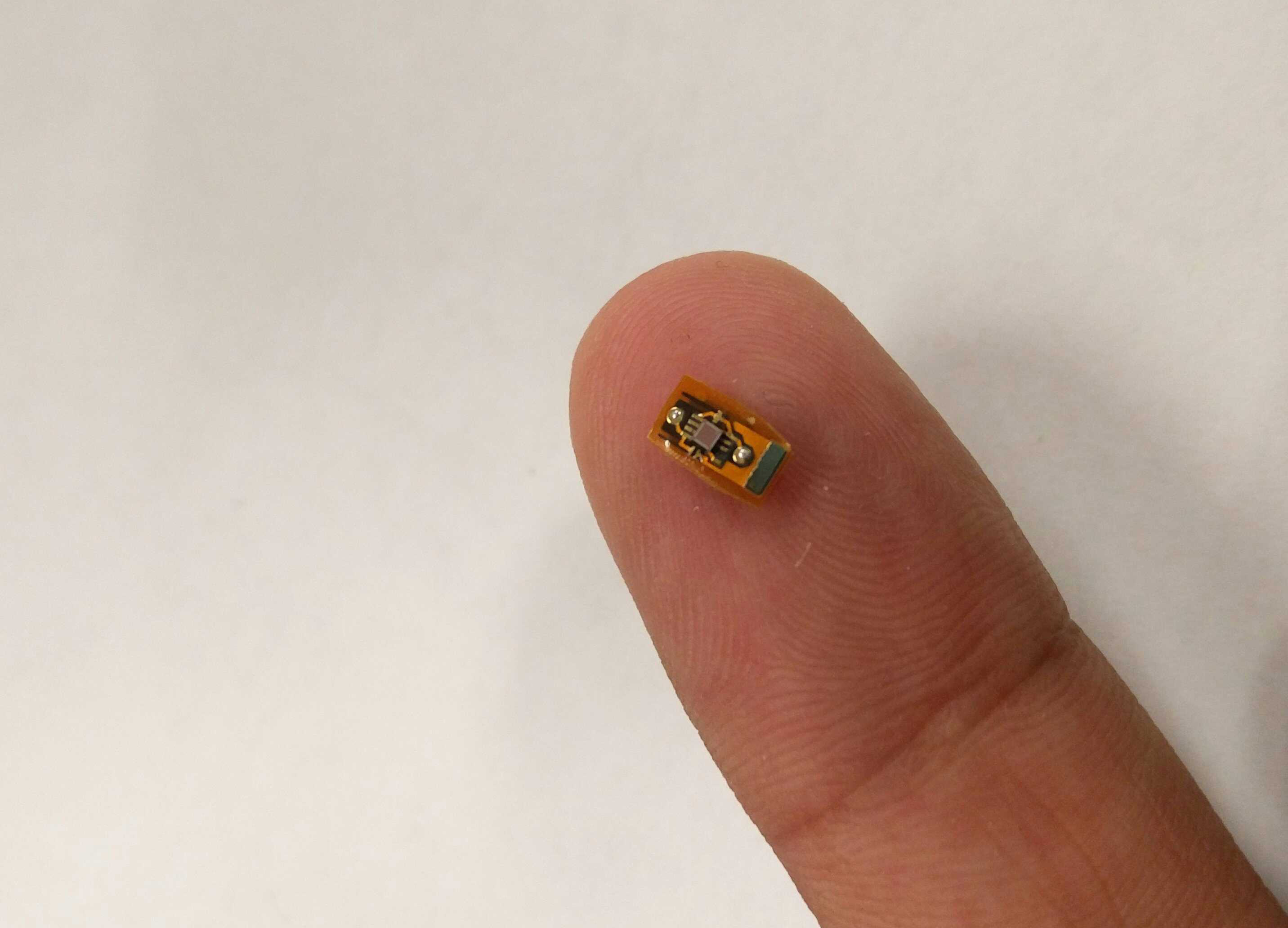
Imagine brain implants that could detect neural impulses and then wirelessly communicate those signals with a prosthetic arm, or even a smart home device. Engineers are one step closer to this possible future, based on the results of a recent study in Nature Electronics.
While there have been many attempts to link brain signals with an external device or computer, this work is the first to demonstrate high-bandwidth wireless communication between neural implants and wearable devices, taking advantage of the body’s natural electrical conductivity. “No previous tech had a broadband nature in the brain,” says senior author and principal investigator Shreyas Sen, an electrical and biomedical researcher and inventor at Purdue University in West Lafayette, IN.
Over the last few decades, engineers and medical researchers have taken a keen interest in the brain–computer interface. There are two major applications for this work, Sen says. One is medical treatments, such as brain-controlled prosthetics. The other is consumer electronics, with the aim of controlling a keyboard or other device just by thinking.
Neuroscience researchers have made major strides in brain–computer connections over the last few decades by, for instance, helping people paralyzed by spinal cord injuries to control robotic limbs or implanting electrodes that offer deep brain stimulation to address the symptoms of depression or neurodegenerative disease. But these technologies aren’t yet wireless.
A Parkinson’s patient, for example, might have a wired electrode implanted deep in their brain to electrically stimulate neurons. But the power source for the electrode is a second device called a stimulator that sits outside the skull, usually near the clavicle. Wires flow up through a port in the skull and out of the head under the skin, where they connect to the stimulator.
More recently, researchers have proposed using distributed implants sprinkled inside the brain to wirelessly communicate with devices outside of the body. Wired electrodes are not only less convenient, but also involve more invasive surgery, notes first author Baibhab Chatterjee, who led this work as a doctoral student at Purdue and is now faculty at the University of Florida in Gainesville.

Several labs have attempted wireless brain–device communication using approaches that involve ultrasound, magnetic fields, and even optics. But so far, all these technologies have turned out to be low bandwidth in the brain, meaning that they have low rates of data transfer at the necessarily low-power levels of an implant device, or they’re low fidelity, meaning that they don’t reliably detect and transfer neural signals, Chatterjee says.
The Sen lab, however, focuses on electricity as a conduit between the body and wearable or implanted devices. After all, Sen says, human tissues are known to have similar electrical conductivity to saltwater. And the tissues themselves, not only the nerves, will propagate an electrical signal.
Sen and Chatterjee started by modeling the brain based on its electrical properties to estimate how much electrical signal would reach the implant from an electronic device outside the body, and vice versa. Then, they tried various simulations, modeling different amounts of signal, sent from a wearable electronic headband into the brain, and from the brain to the headband, to estimate how much information could be transferred.
The researchers found that 1/1,000th of an external signal should reach an implant just a few millimeters in size deep in the brain. For example, if a wearable device sent a 1-volt signal into the brain, the receiver in any implant would need to be sensitive enough to pick up a 1-millivolt signal.
As they developed the models and theory, the researchers also created an implant using a flexible circuit board, 4.4 millimeters by 2.4 millimeters in size. They tested the device in saline water to roughly approximate the brain environment. Sen and Chatterjee programmed the implant to generate many different electric frequencies, then measured how much signal an external wearable device could detect. The wearable picked up about a thousandth of each signal, roughly matching the model’s predictions. Finally, the team tested the implant in several mice and, indeed, could detect signals from the device, on the brain, to external receiving electrodes on the outside of the mouse’s head.
“It’s very attractive to have a device communicate from outside the skull to an implant,” says Jan Rabaey, a professor in electrical engineering and computer sciences, now emeritus at the University of California, Berkeley. Rabaey, who was not involved in the study, lauds the work, calling it “an interesting new twist on a problem a lot of people have been tackling.” However, looking ahead, Rabaey does wonder how such devices will perform during in vivo studies, in which the electrical signal moves through skull and various brain tissues, rather than the simplified saltwater model. “More research and experiments will be needed to show this is really robust in a variety of circumstances,” he says.
There’s easily a decade, maybe two, to go before products contain this kind of tech, Sen acknowledges, as there’s lots of in vivo work that remains to be done. But, Sen says, “the building blocks are coming together,” and the “big thing” demonstrated in the recent study is that the brain can get “its own broadband.”





No comments:
Post a Comment